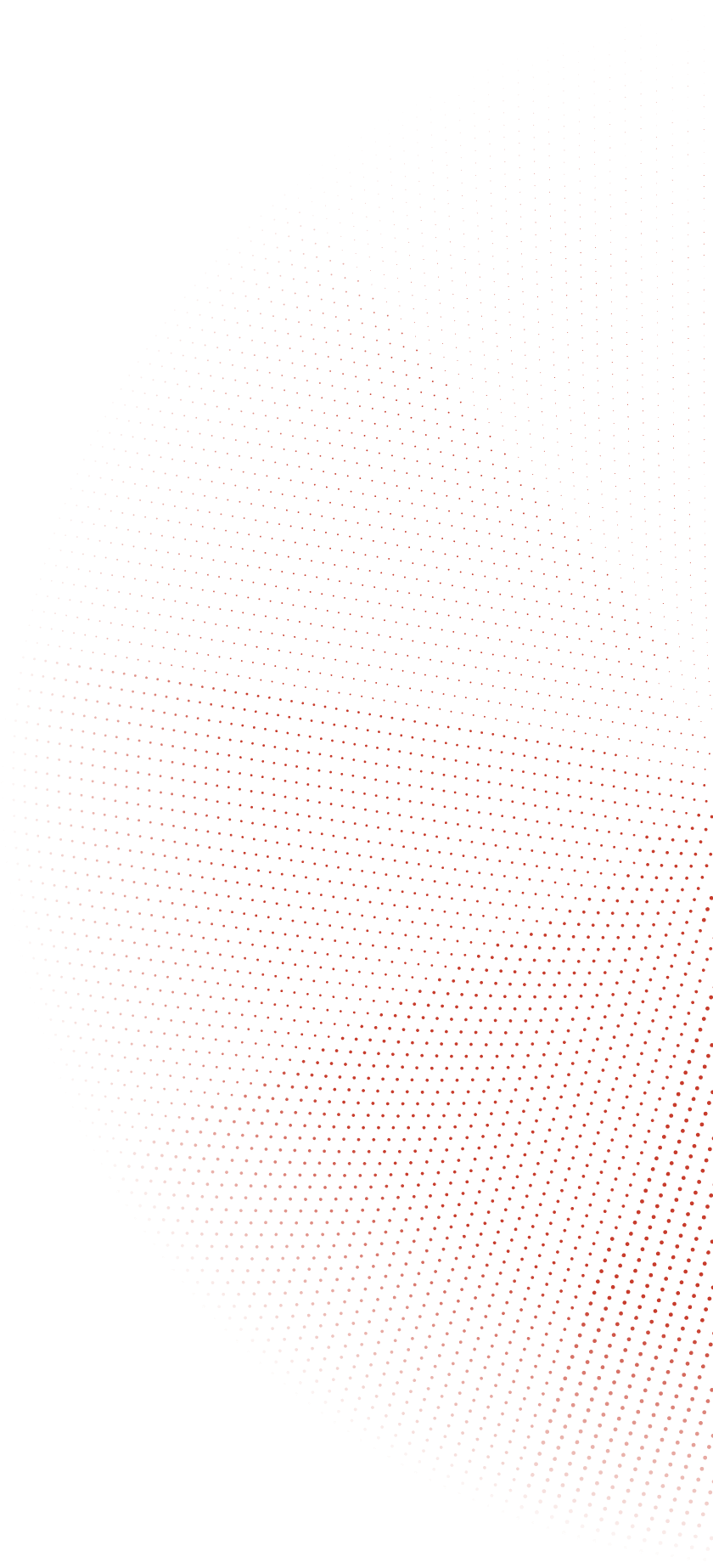1. What positioning accuracy do I really need?
In general, the most accurate positioning technologies can be more-or-less divided into three categories: those with a few centimetres of accuracy, with sub-metre accuracy, and with roughly 1-5 metres of accuracy. What level of accuracy your use case demands depends entirely on the value you put on location information. In other words, what is the cost of not knowing the exact location of your object?
For example, hospitals often don’t need 10cm accuracy to locate patients and assets—a few metres is good enough. There is value in knowing the approximate location of a patient since they can be easily found even if the accuracy is around 2-5 metres, and it’s not clear that precisely zeroing in on their location is going to add much value. Therefore, hospitals most often use Bluetooth and Wi-Fi-based solutions that enable them to use existing infrastructure and smartphones.
Tracking forklifts in warehouses, on the other hand, can easily demand sub-metre accuracy, especially if the system is used for collision avoidance. It makes a big difference if the forklifts pass each other with 30cm of space in between them or crash into each other. For these more precise cases, Ultra Wideband (UWB), lidars, cameras, or ultrasound-based systems are the most widely used technologies.
2. How often do I need to know the location?
Update rate is a critical feature that determines how often it is possible to track the location of an object. The real-world update rate also depends on how many objects need to be positioned within a given space. If the objects are relatively static or move slowly, then you won’t need a very high update rate. Also, if it isn’t important for you to know the real-time information of the location, then positioning doesn’t have to happen as frequently.
3. What area do I need to cover?
Whether it’s a supermarket, an office building, or a manufacturing facility, indoor areas differ greatly in terms of size and shape. Indoor positioning technologies are also often used to successfully cover both indoor and outdoor areas—in warehouses with outdoor loading docks, for example. The range and scalability requirements are different in each case.
Bluetooth beacons are typically used in retail and hospitals, where smartphones can be used to locate customers or visitors. Bluetooth-enabled phones typically offer a shorter range of 5-10m, which might still be enough for smaller positioning areas. For home automation and security applications, infrared offers a similar operating range but often requires a line of sight. Bluetooth has been known to have scalability issues, only managing to have a limited number of connections at one time. Still, for proximity marketing and other similar use cases, Bluetooth can be a suitable option.
Ultra Wideband offers a range of 50-150 metres; therefore, allowing you to cover larger areas (our field tests have managed to extend the range of our Ultra Wideband solution as far as 160 metres). Still, each indoor positioning system comes with its own disadvantages. For UWB and Bluetooth, it’s the need for dedicated infrastructure in the form of anchors and tags. With the Wi-Fi RSSI fingerprinting method, all the reference points need to mapped beforehand, which increases the configuration and maintenance costs of the system.
All in all, the right indoor positioning system is the one that will maximise the value of your business case. Indoor RTLS is gaining ground fast and we deal with more interesting business cases every day. Still, we get the best results when the client requirements match the strengths of our technology.

